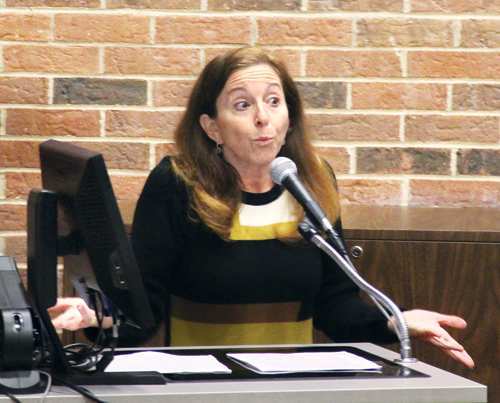DEC’s strategy for safeguarding L.I. water: more research

After 16 years of research and debate, the state Department of Environmental Conservation has released its strategy for safeguarding Long Island’s water supplies from pesticide contamination.
But that final document, at its heart, simply calls for more research and debate.
The 126-page Long Island Pollution Prevention Strategy, released last Thursday, outlines a need for additional research on pesticides of concern and creates a “technical review and advisory committee” to weigh the human health risks associated with them.
- Scroll below to read full report
That committee will provide the DEC with information needed to support regulatory action in the future — an outcome stakeholders from both sides surprisingly called a “compromise.”
“We have to stop looking at self-interest and start promoting what’s in the public’s interest,” said Adrienne Esposito, executive director of Citizens Campaign for the Environment, who criticized the draft version of the strategy during a public hearing last April.
She said she believes the strategy could help protect groundwater “as long as those on the committee work aggressively and honestly with each other.”
The DEC started drafting the proposal in 1998, when clean water advocates lobbied for strict regulations and even a ban on certain chemicals of concern. At the time, those in agriculture said proven science on potential health risks was a crucial, yet in many cases missing, component to pesticide policies.
At an April 2013 hearing on a draft version of the strategy, Ms. Esposito called for a ban on chemicals known as “repeat offenders” including metalaxyl, atrazine and imidacloprid.
Those three are among 117 different pesticide-related chemicals that have been detected in Long Island’s groundwater since 1996 and will be among the first materials the DEC will research and present to the committee for review.
Ms. Esposito said this is one of “a number of improvements which we are happy about,” the most important addition being a system for assessing the strategy’s success over time.
“How do we know it is working if you don’t have any way of testing yourself?” she asked.
Dale Moyer, associate executive director of Cornell Cooperative Extension of Suffolk County, which helps train farmers on proper pesticide application, called the draft a “scientifically sound and balanced approach” — which is in tune with what those in agriculture were calling for.
He said representatives from Cornell would be on the committee and will be joined by state and local health and environmental officials to look at chemicals of concern — and potential alternatives.
“If there aren’t any [alternatives] then we have to look at whether there is way to use the material without impacting the environment,” Mr. Moyer said.
“It’s not necessarily a yes or a no” on whether to ban particular materials, he said. “It’s more about understanding how the material should be used and applied” to keep it from leeching into groundwater.
Bob DeLuca, president of Group for the East End, said the plan lacks a timeline for research and committee decisions.
He said deadlines would help both the regulatory agency and commercial applicators and farmers who “want to know what is expected of them and when.”
“You need an obligation to say in 24 months, we’re going to hit this target,” Me. DeLuca said. “If you just have the strategy that says DEC is going to get around to doing something, these things fall to the wayside.”
Long Island Pesticide Pollution Prevention Strategy







